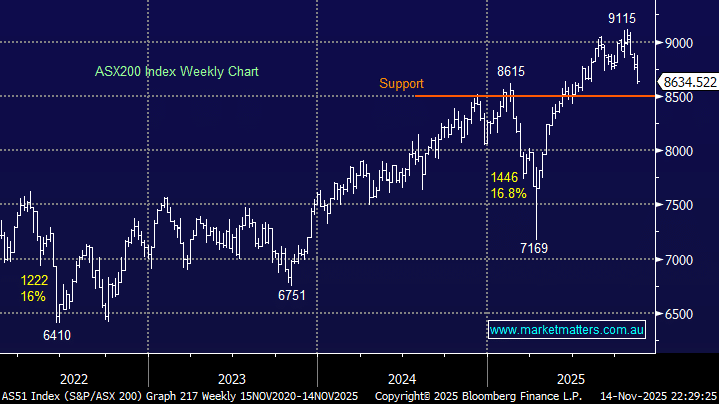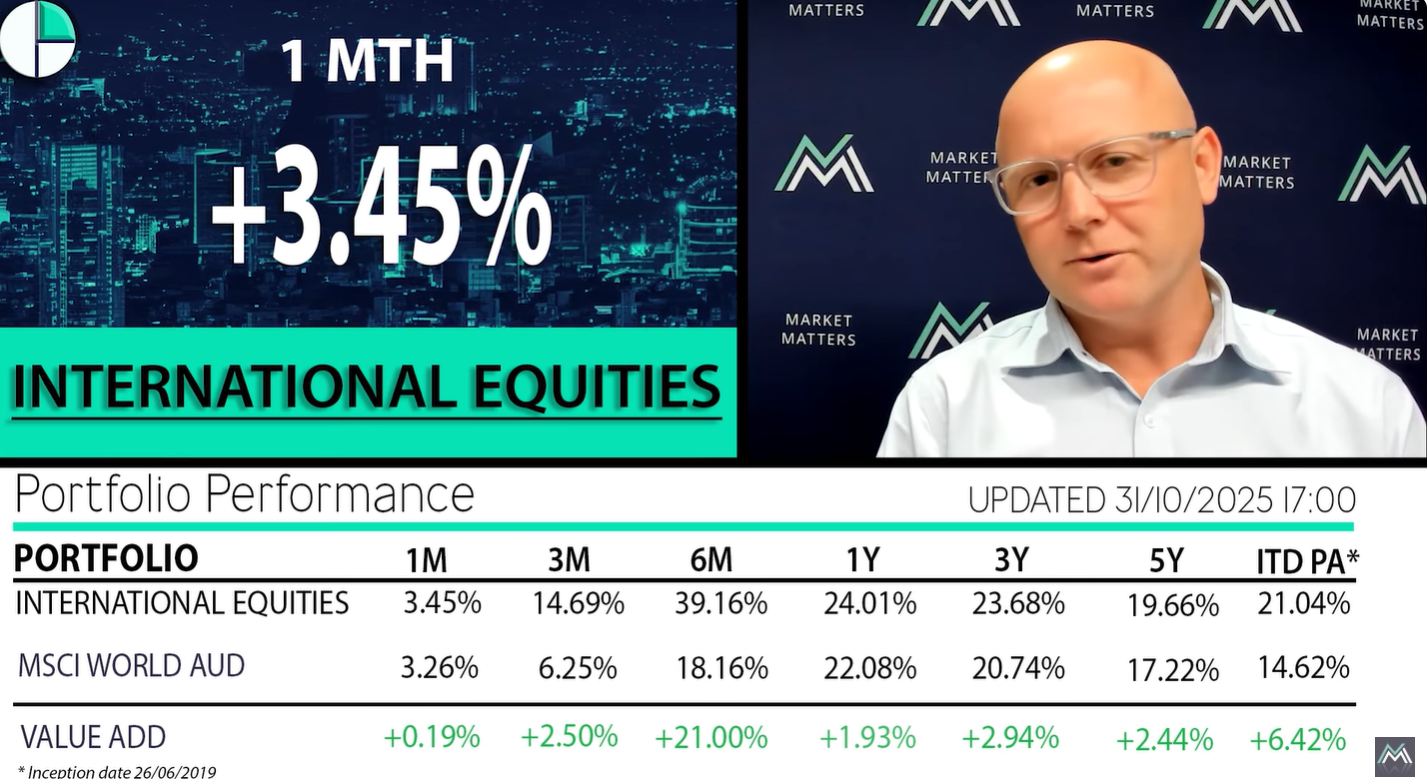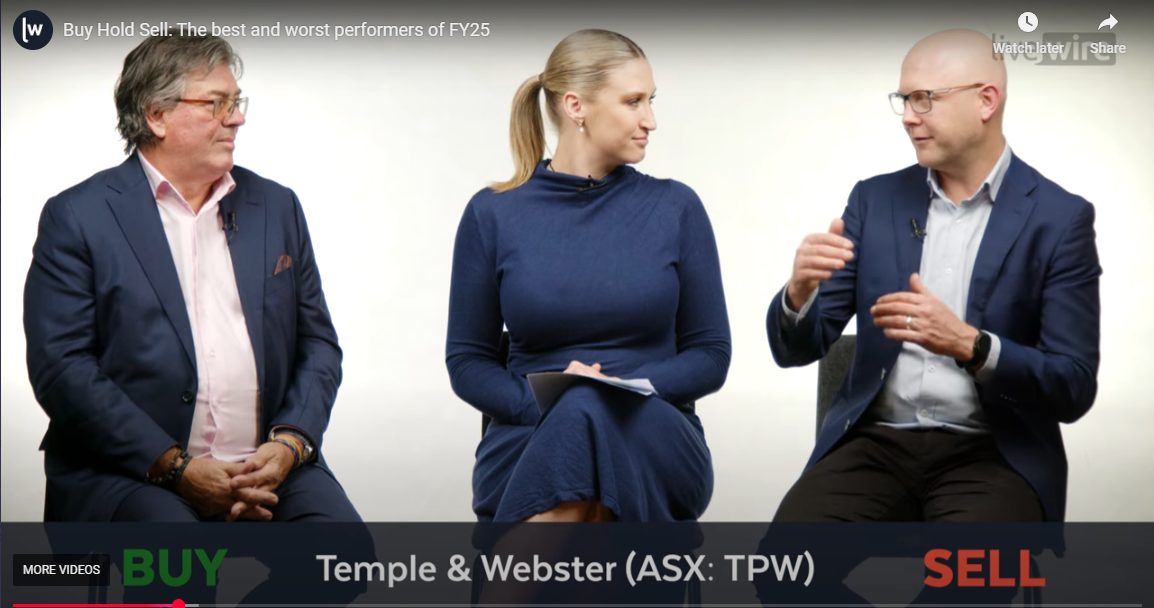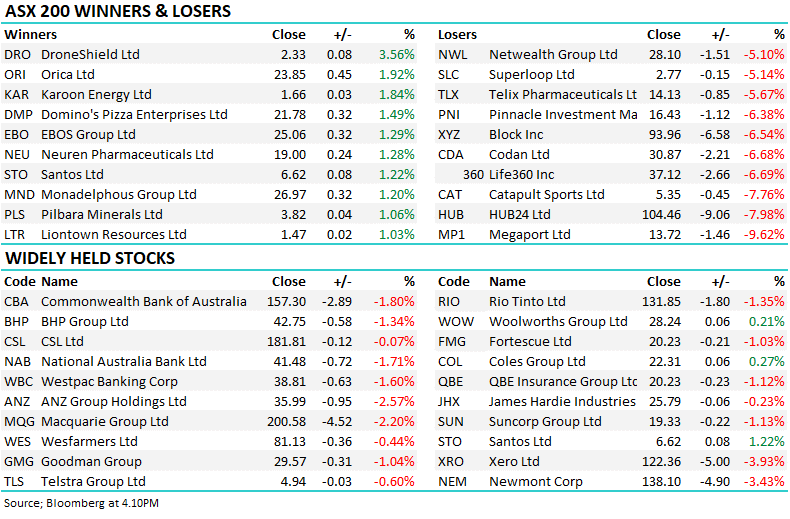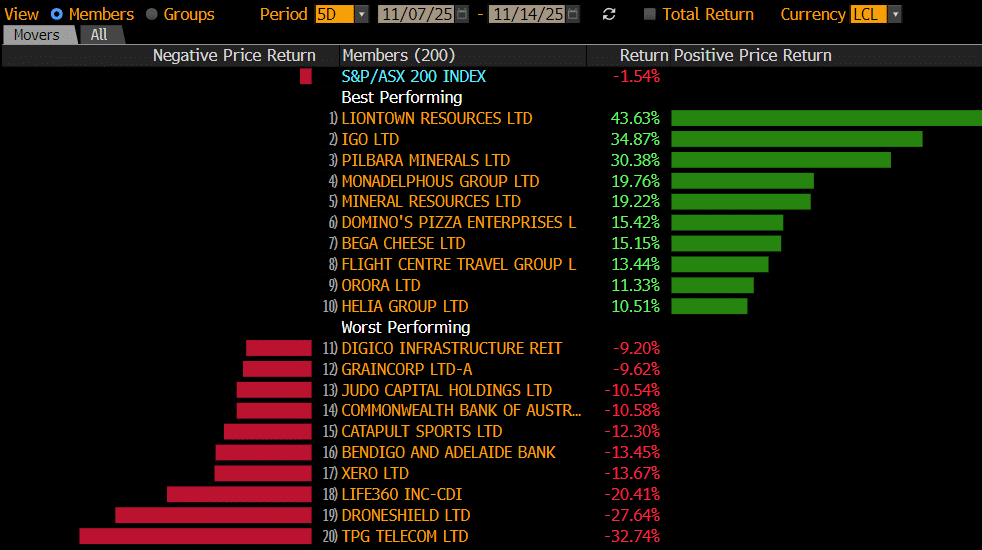Hi Team,
You’re right, private credit has been getting plenty of airtime lately. The ASIC review has put a spotlight on the sector, and some outlets have gone straight to the “wild west” headlines. There are areas of the market where leverage, liquidity mismatch and weak oversight are genuine issues…but that’s not the whole story.
From our perspective, private credit can be a very useful part of a diversified income portfolio, provided you stick with managers who are conservative, transparent, well-resourced and clearly aligned. There’s a big difference between institutional-grade operators and the more speculative fringe lenders.
In this space, DN1 and PCI are more diversified than just private credit – they can move around the credit spectrum – we like that approach. Metrics are a good operator, but size is an issue for us (i.e. they have too much capital to deploy). MXT is lower risk relative to MOT, but we’ve stayed clear of both in recent times. We view MA Financial as a good operator via their listed MA1.
We value management expertise, but above all, trasperancy and fairness. Some private credit funds trouser loan origination fees, others don’t (some share them). We like alignment with the manager i.e. they have skin in the game, but we don’t think bigger is always better. Here’s a run down of our process when looking at private credit funds:
- Arrears & defaults: Rising arrears are often the earliest sign of stress. We want a manager who discloses this clearly and deals with issues early. DN1 and PCI publish good reporting here. MXT/MOT also disclose detailed arrears data.
- Portfolio seniority & LVRs: We strongly prefer senior secured lending with sensible loan-to-value ratios. Private credit works best when you’ve got security and downside protection, not when you’re lending at 75–85% LVR into property development.
- Diversification: We avoid strategies where a handful of borrowers drive the portfolio. DN1 is excellent on this; MXT good; MOT and smaller private lenders can be more concentrated.
- Liquidity & fund structure: Mismatch between long-dated loans and daily liquidity is a red flag — this is where stress emerges. Listed credit trusts like PCI/MXT/MOT have cleaner structures because the liquidity sits in the share price, not the underlying loan book.
- Manager quality & team depth: Size and experience of the credit underwriting team – workout/restructuring capability – historic behaviour in stressed periods-transparency of reporting alignment (co-investment, skin in the game).
- Yield vs risk trade-off: If a fund is paying 12–14% in a world where senior secured lending should pay 7–10%, we ask very plainly: what risk am I implicitly taking? Often the answer is leverage, sub-ordinated positions, or property development exposure.
- Cycle awareness: We’re late-cycle. Defaults will rise. We want exposure to managers who have already tightened lending standards and are not expanding aggressively into marginal borrowers.


